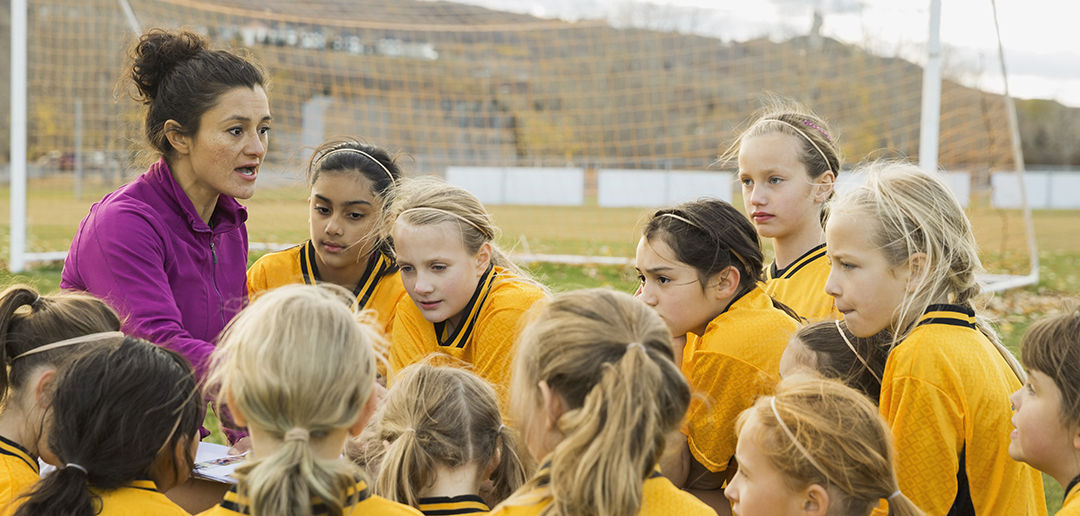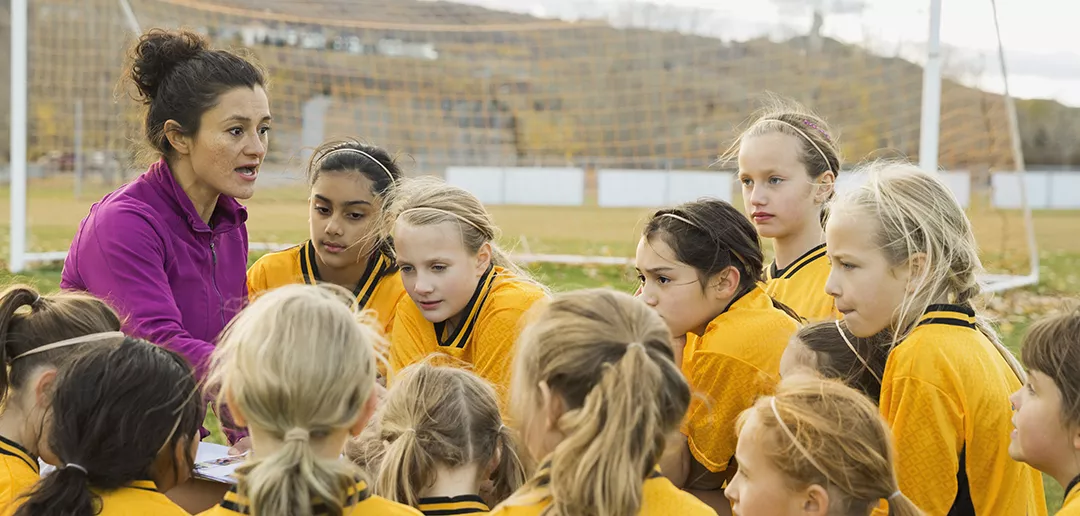Table of Contents

Watching Lyndsey Vonn return to downhill competition is a good example of an athlete having resilience. She blew out her knee in 2013 and then hurt her knee attempting to come back and missed the Sochi Olympics. However, she recently won a medal at the World Championships showing us and herself about the meaning of recovery in many ways!
 You can have resilience and come back from one event but some must come back and over and over. Not everyone can do this and some researchers propose that there are contributing or supporting elements that enhance resiliency, or your ability to persevere, such as having good social supports.
You can have resilience and come back from one event but some must come back and over and over. Not everyone can do this and some researchers propose that there are contributing or supporting elements that enhance resiliency, or your ability to persevere, such as having good social supports.*This post may contain affiliate links. As an Amazon Associate we earn from qualifying purchases.
So What is Resilience?
Resiliency is defined as the ability to persist in the face of challenges and to bounce back from adversity (Reivich, Seligman & McBride, 2011). The reminds me of this quote:
“Good timber doesn’t grow with ease. The harsher the wind the stronger the tree”.

For athletes, falling and getting back up is part of what makes a stronger athlete. In fact, isn’t failure sometimes built into the sport, especially during certain training cycles? Some coaches want to push their athletes to train to their maximum at times. This means some will hit the mark and establish a new PR while others might falter. Those who falter must make a decision about how to handle this. This is the recovery process. How athletes handle this adversity affects how they bounce back.
One has to gain perspective from failing. Those athletes who can separate the training session from who they are as a person might have a better chance of getting back up and doing it all over again. Those athletes that personalize it and take the mindset of “I’m a total failure” or “I’m not good” are going to struggle more from those that understand this is part of the sport and there is more to them as a person than this one performance.
Proctor and Gamble ran great commercials for the 2014 Olympics about athletes falling and getting back up from very young into their adulthood. It’s a great reminder that every athlete falls, even as adults, not just children. The message is that you have to get back up, and you need to have resiliency when you falter.
Building Resilience
Reivich, Seligman & McBride (2011) have done research with the military and they have identified six core competencies important for building resilience that athletes might consider using to also build their own resilience:
1. Self-awareness (identify thoughts, emotions and behaviors patterns and evaluate if these are counterproductive).
2. Self Regulation (regulate impulses, thoughts, emotions, and behaviors).
3. Optimism (seeing what is good in self and others and focusing on what is controllable.
4. Mental Agility (flexible thinking; perspective).
5. Character strengths (identify strengths and use these for challenges).
6. Connection (strong relationships, empathy and willingness to ask for help).
I recommend many athletes to have a notebook and write daily. I would encourage athletes to turn these six competencies into questions for themselves and then write answers consistently. For example, what are my strengths? Can I help a teammate in some way? Is there something I can ask help doing? Is there a new perspective I need? Keep at this exercise for longer than one sitting. Make yourself do it daily for six months and see what happens.
Remember, getting stronger mentally and physically is a process and not a place of perfection.

